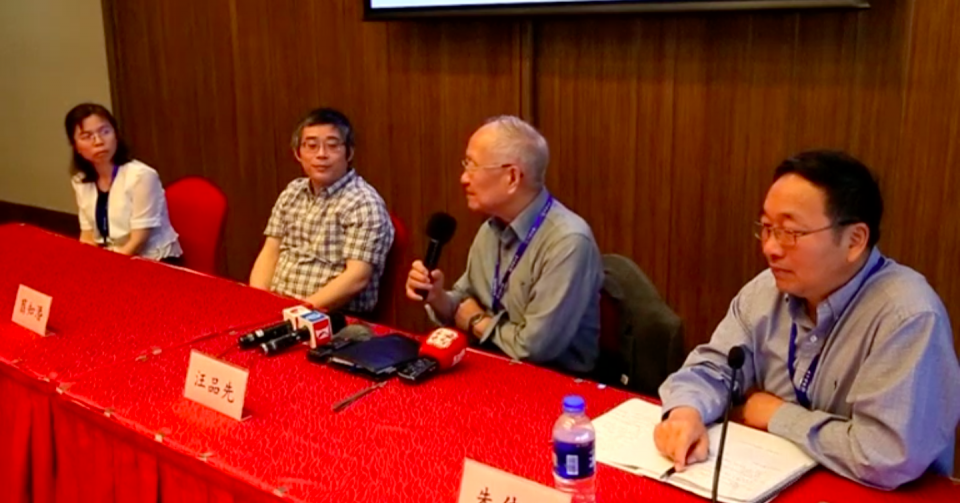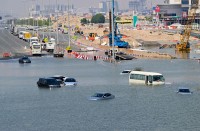
CHINA (Reuters) – The newest outcome of the third expedition to the South China Sea may rewrite the textbooks of plate tectonics, according to a press conference co-hosted by Chinese Office of the International Ocean Discovery Program (IODP) and Tongji University in Shanghai on Monday.
The Chinese-led international scientific team wrapped up their research on the US drilling ship JOIDES Resolution on Sunday, with much of the new findings pointing towards some interesting discoveries about the make up of the earth’s lithosphere.
“We discovered a new rupture pattern of continental plates, which is different from the rupture pattern of the continental lithosphere in North Atlantic Ocean. Currently there are just two kinds of continental rupture. One is that the rise of the mantle temperature triggers vulcanian eruption, which then cause the rupture. The other is that the continental crust becomes thinner with its gradual stretch, then the water on top of the crust seeps through and reached the lithospheric mantle and caused the serpentinization. Both of them have been written in the textbooks and were testified by previous ocean drillings. But our four-month expedition proved that there are more than two of them. The marginal sea of the South China Sea has its own way of continental rupture,” said Jian Zhimin, chief scientist on the No. 368 voyage of the third expedition to the South China Sea.
Hans Christian Larsen, a professor from the Geological Survey of Denmark and Greenland, said the findings are significant.
“We have provided very strong, firm evidence for a different history here and a different process. So that very important element of plate tectonics, then the textbooks need to be revised, rewritten in that particular area,” said Larsen.
A total of 64 scientists from 14 countries including China, the United States, the United Kingdom, Germany, France and Italy joined in the four-month IODP expedition, during which time they also found sediments and sedimentary rocks of high scientific value from a depth of over 2,540 meters in the northern part of the South China Sea, gaining a compelling insight into the evolution of the South China Sea.
“We obtained the complete sedimentary record of the South China Sea in the past 34 million years, which is perfect for the scientific studies of the South China Sea’s formation time and its environmental changes. Our findings are also very important to oil and gas exploration at the northern continental shelf of the South China Sea,” said Liu Chuanlian, a professor from School of Ocean and Earth Science, Tongji University.
Among the 64 scientists involved in expedition, 26 are Chinese who come from over 13 universities and research institutions.
The first expedition was conducted back in 1999, with the second following in 2014.







